
Starting today, we will finally begin working on our performance. You'll also need to prepare your instruments. If you purchase from Sound House, you can get a dream string quartet for around 80,000 yen. These are not plywood instruments; they are solid wood instruments. You can get genuine instruments (though there are various opinions on what that means). More details will be provided at the end of the document.
Prepare the sheet music. Please download the sheet music data, which has appeared several times up to the fourth session, from the link below.
This sheet music data is in 'MIDI file' format. You can play it directly using Windows Media Player or other media players, but the sound source will depend on each device.
When you open it with a general-purpose music notation software, you will see a screen like the one below. While we can't specify the software name here, it is the most well-known among music notation software, so it should be easy to find. A hint: think of 'the sheet music of the muse of music.

This software has various features, including a mixer display that allows you to use the 'SOLO' and 'MUTE' buttons to listen to only the part you want to play.

You can also display the playback panel to change the tempo or, with a little knowledge of how to use the software, add melody parts for songs and do many other things.
The sheet music data can be exported in various formats. You can convert it to PDF, print it, and customize it according to your needs.
Download the sheet music data here:
⇒ Sheet Music Data Download
Additionally, we will introduce music notation software products.
SIBELIUS / Sibelius | Ultimate Music Notation Software
When it comes to this class of software, the features are extensive, so it is expensive, but it will be very useful for music production.
You can't play all parts of the quartet right away. Let's start with the first half of the Violin 1 part. In 'Yesterday,' the first verse consists of just guitar and vocals without strings, and the strings come in from the beginning of the second verse at 'Suddenly.' This means that this sheet music starts from the second verse.
The sheet music for just the first half of the Violin 1 part is as follows:
Looking at it this way, it seems that the Violin 2 part somewhat follows the melody more closely.
Let's start by picking out the notes from the first line.

Print out this sheet music image and use a red pen to check the notes.
While you are likely instructed to read the music while playing in a classroom, here, there are no restrictions. Just focus on memorizing this part of 'Yesterday' as if it were 'Kimigayo.'
Marking the fingerboard of the violin is also a method.
In the first 7 bars of Violin 1, you will play six notes: A, E, F, D, C, and B. The positions of these notes on the violin fingerboard are as follows.
From the violin's top nut (equivalent to the open 0 fret on a guitar):
| 1st fret (equivalent) | 18.0mm |
|---|---|
| 2nd fret (equivalent) | 35.0mm |
| 3rd fret (equivalent) | 51.0mm |
| 4th fret (equivalent) | 67.0mm |
| 5th fret (equivalent) | 81.5mm |
| 6th fret (equivalent) | 95.0mm |
| 7th fret (equivalent) | 108.5mm |
*Strictly speaking, these measurements should be calculated individually based on the 12-tone equal temperament fret formula, using the scale length of your instrument. However, the numbers shown here were measured with a ruler on an actual Don’t Fret product, so there may be slight discrepancies from the theoretical values.
Violins do not have frets, but you can use products like [Don’t Fret] that stick to the fingerboard or place stickers as markers for where to press.
Don't Fret / Violin Fingerboard Sticker for 4/4 Size
You can also place round stickers at the measured positions on the fingerboard.
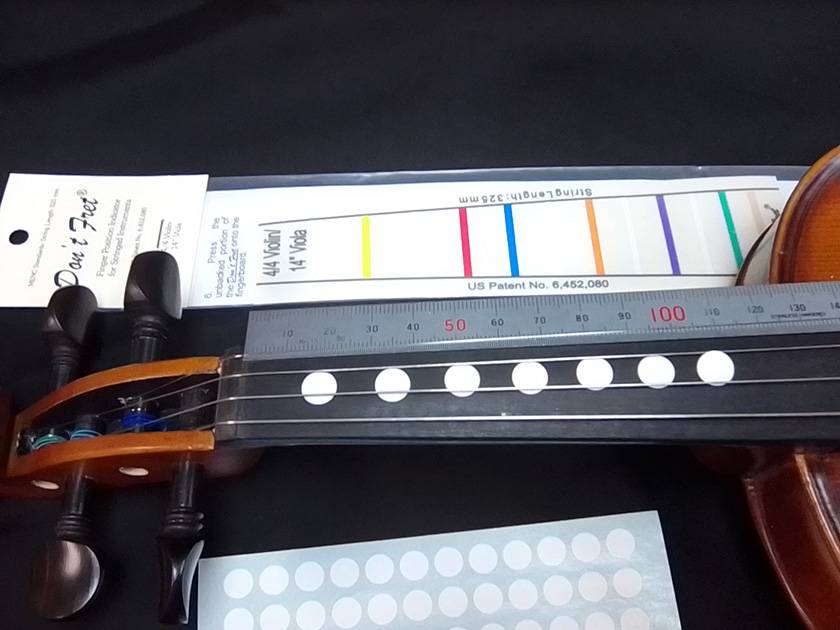
The markers are just a guide. Always check the pitch itself with a tuner.
Once you have placed the markers, hold the instrument and check the positions of the notes and your fingers with your left hand, without using the bow.
The first whole note is A. Instead of the open A string, it would be more natural to press the A position on the D string, considering the transition to the next note.
In the second measure, press the E position on the D string with your index finger, and in the third measure, the F position with your middle finger.
Learn each note one by one by feeling for them and practicing by playing pizzicato (or with the bow, if you prefer). Repeat this process until you are comfortable with the notes.
For someone holding a violin for the first time, this process can be challenging. However, if you aim to start with the basics by practicing 'Mary Had a Little Lamb' or 'Long, Long Ago,' practicing 'Yesterday' would also be a suitable practice. Moreover, practicing 'Yesterday' might be more motivating. So, close the windows and give it your best effort.
In session 6, we will discuss 'Recording: What about the microphone? Considering the 'Why She' issue?'
Lastly, here is some information about the instruments.





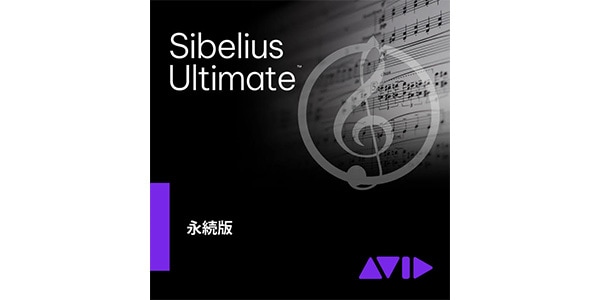
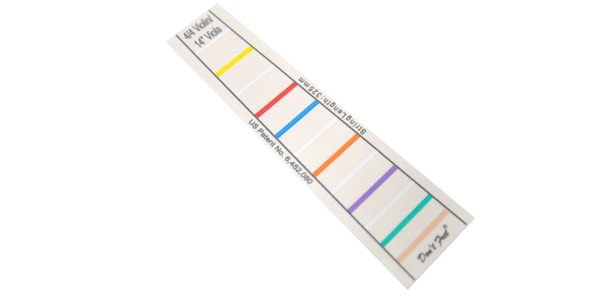
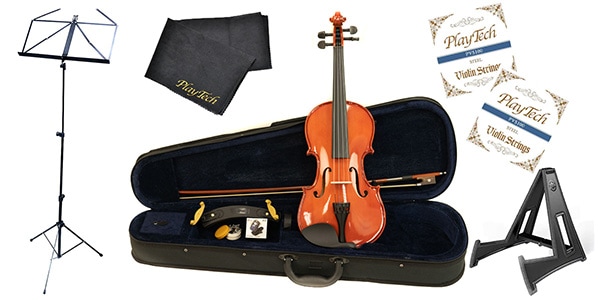
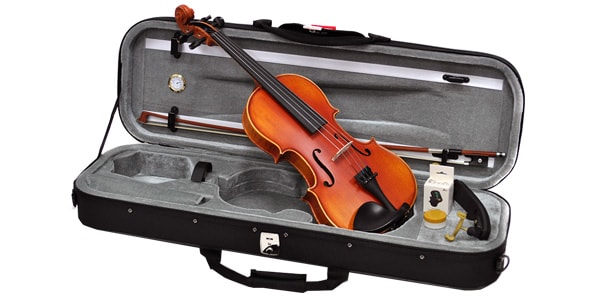
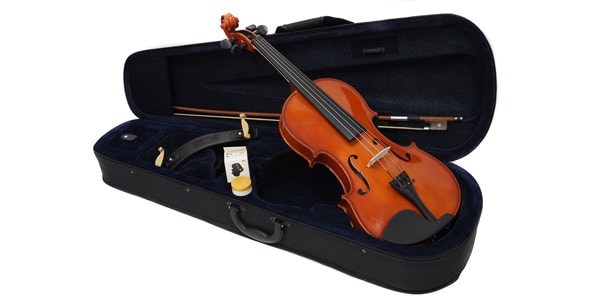
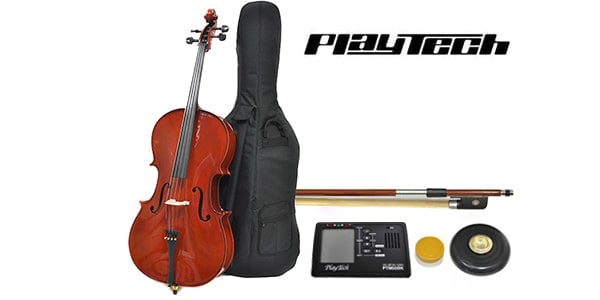

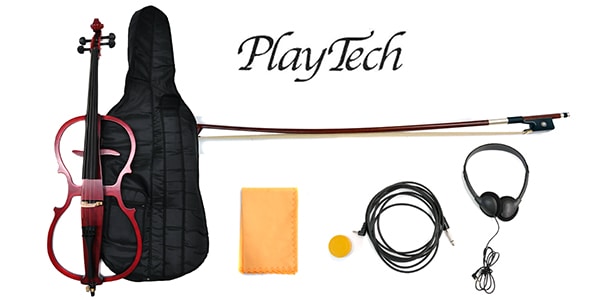

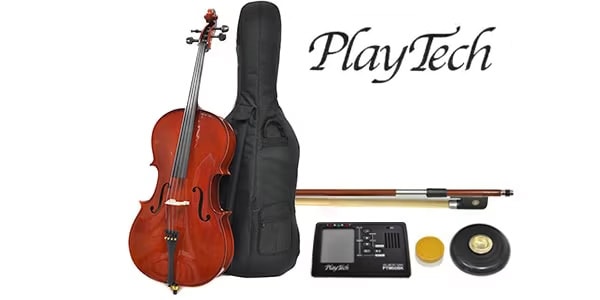
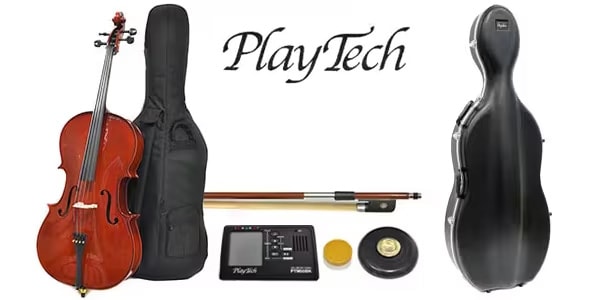
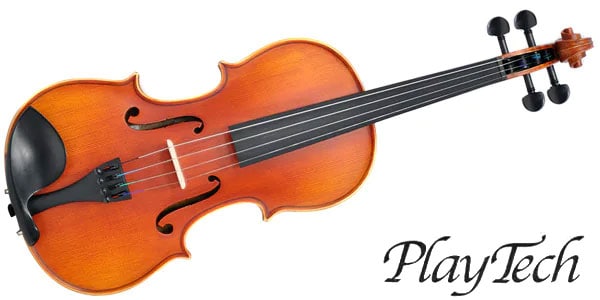


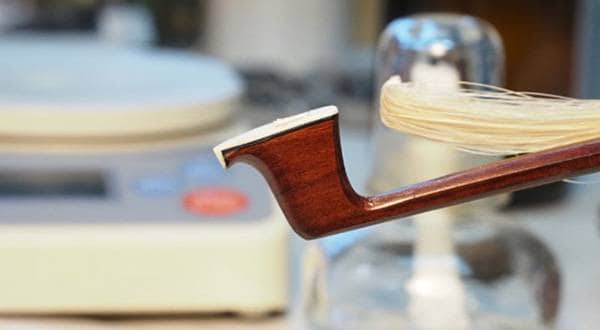
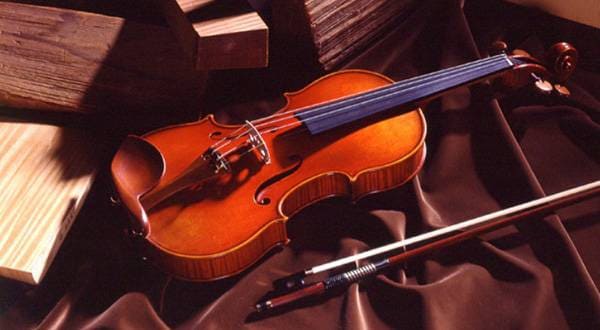
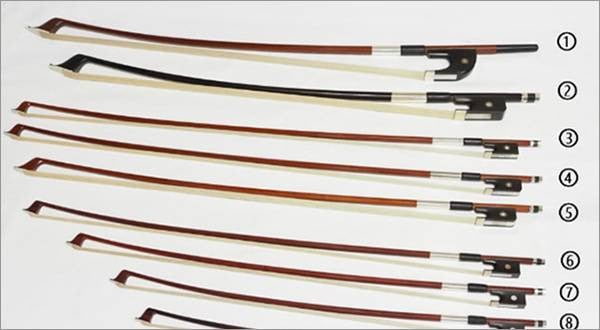
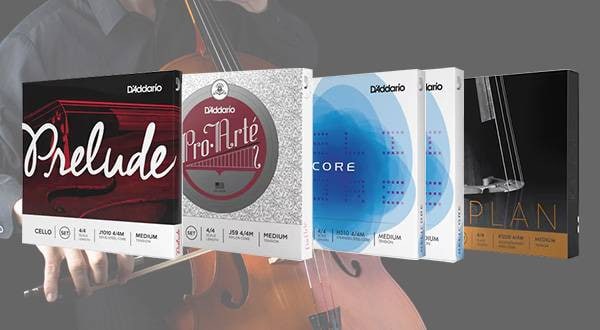
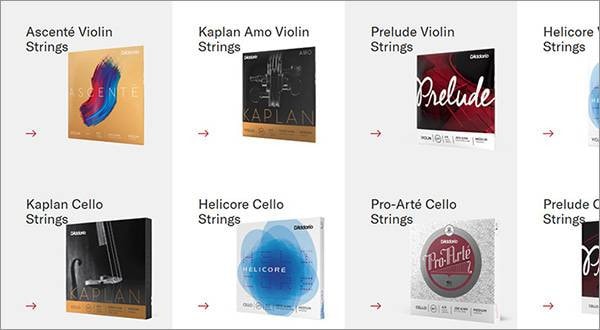
![[Stringed Instruments] Recommended Violin Stands](/contents/uploads/thumbs/2/2024/1/20240125_2_25327_1.jpg)
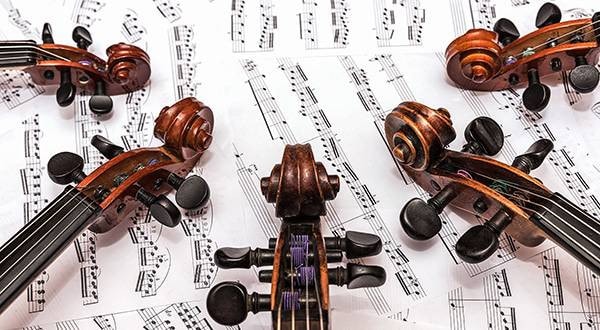
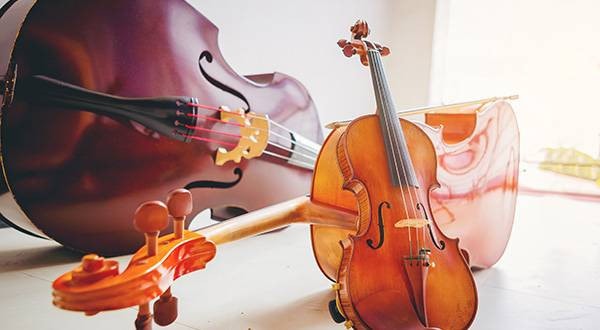



 バイオリンスタートガイド
バイオリンスタートガイド
 バイオリンの弓の持ち方
バイオリンの弓の持ち方
 バイオリンの構え方
バイオリンの構え方
 バイオリン 弓の各部名称と松脂
バイオリン 弓の各部名称と松脂
 バイオリンの調弦 チューニング
バイオリンの調弦 チューニング















